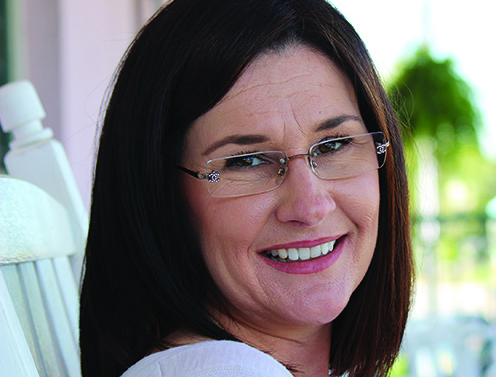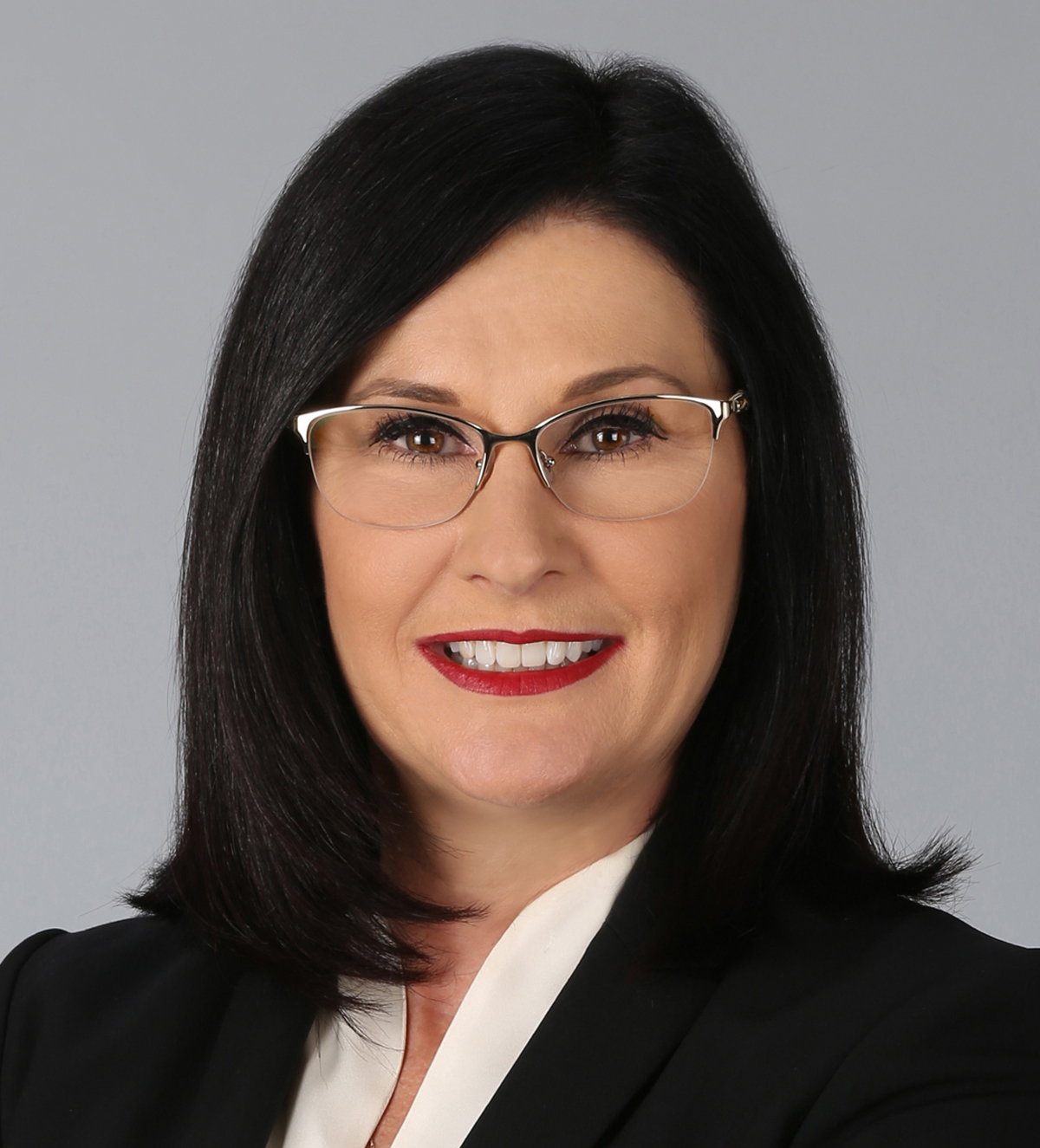By Darcie Lunsford
It has been nearly eight years since that fateful September day when Lehman Brothers filed for bankruptcy, becoming the proverbial straw that nearly broke the mighty U.S. financial market’s back and ushered in the Great Recession.
And while commercial real estate has largely roared back to pre-recession values and lending markets are humming along, the industry still has one more mountain of legacy debt to scale: $400 billion of maturing commercial mortgage-backed securities (CMBS), annually, this year and next. The loans were issued during the last real estate boom and there are about $100 billion more of them maturing in 2016 and 2017 than the market absorbed in 2015, according to a recent CBRE report.
In 2007, more than half of all the loans issued for commercial real estate were CMBS. Most were 10-year loans that did not fully amortize, leaving borrowers with hefty balloon payments to pay off or refinance.
As many as 18 percent of maturing CMBS loans could have trouble refinancing this year, and up to 29 percent next year, according to CBRE. Boiled down, this means there could be more than $43 billion in troubled commercial real estate loans coming due in the next two years. Office and retail assets are likely to account for the largest slice of the problem loan pie.
This is fueling concerns for some and hope for others, waiting for a new wave of distressed assets to wash across the market.
“There are a lot of folks chattering that, similar to 2008 and 2009, there is going to be a wave of foreclosures,” says veteran investment sales broker Marty Busekrus of HFF in Miami. “The asset values have come back up now and people should be able to refinance. A majority of those properties are going to be just fine.”
Busekrus adds, however, that there could be some financial reckoning. Loan-to-value ratios tightened post-recession, meaning that some borrowers looking to refinance could have to dig into their pockets to come up with more equity.
“In 2006, a lot of those loans were interest-only loans, with a 75 percent loan-to-value,” he says. “You can’t do a 75 percent loan-to-value now. You can do a 65 percent loan-to-value.” Opportunistic mezzanine lenders are already swirling with talk of higher-interest bridge loans to close this equity gap. Other borrowers are becoming sellers.
“We’ve definitely felt the influence of 2006 CMBS maturities on the number of offerings on the market,” says Christian Lee, vice chairman of CBRE. “While I understand the argument that this could result in an increase in distressed sales, I feel that applies less to South Florida than to other parts of the country. In most South Florida submarkets, fundamentals are better than they were in 2006. If a property could meet debt service back then, it likely can now. However, there are always exceptions.”
So far, this so-called “wall of maturities” hasn’t created much distress or pricing pressures in South Florida. But CMBS loans maturing next year may be more menacing, as they were underwritten “at the low point of standards in 2007,” and thus stand to be of lesser credit quality, according to the CBRE report.
“Typically, those less desirable properties have already been worked through,” says Erik Lembcke of First Republic Bank. He points to the very public loan woes that have been plagued by West Palm Beach’s landmark CityPlace. Faced with falling occupancy and a lower debt service ratio, the 700,000-square-foot retail center’s $150 million CMBS loan has been placed into special servicing, according to a recent South Florida Business Journal report. The special servicer can either restructure the loan or foreclose. CityPlace’s loan was first modified in 2011, giving it a temporary interest rate cut. Then the loan’s interest rate jumped back up, making it harder for the center to meet its debt service. CityPlace’s loan matures in 2018, the report says.
Borrowers with properties that have higher degrees of stress will face the most challenges as their CMBS loans mature, says Charles Foschini, a vice chair of CBRE specializing in financing transactions. Even so, he doesn’t foresee a landslide of foreclosures over the next two years. “Special servicers will work out these loans and restructure them,” Foschini says. “Those properties won’t just flood the market.”
Freelance writer Darcie Lunsford is a former real estate editor of the South Florida Business Journal. She is the senior VP for leasing at Butters Group and is avoiding a conflict of interest in her column by not covering her own deals.











